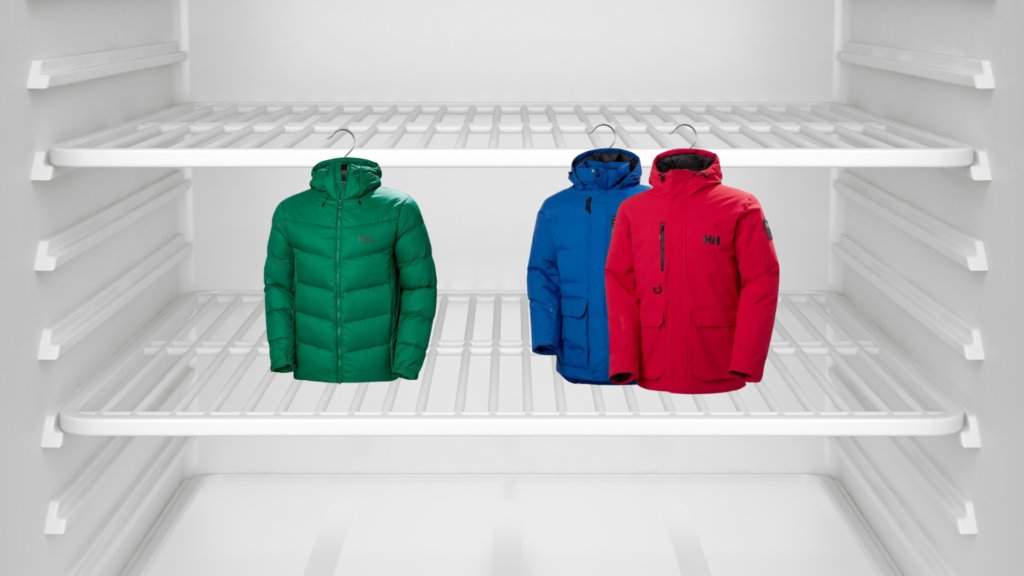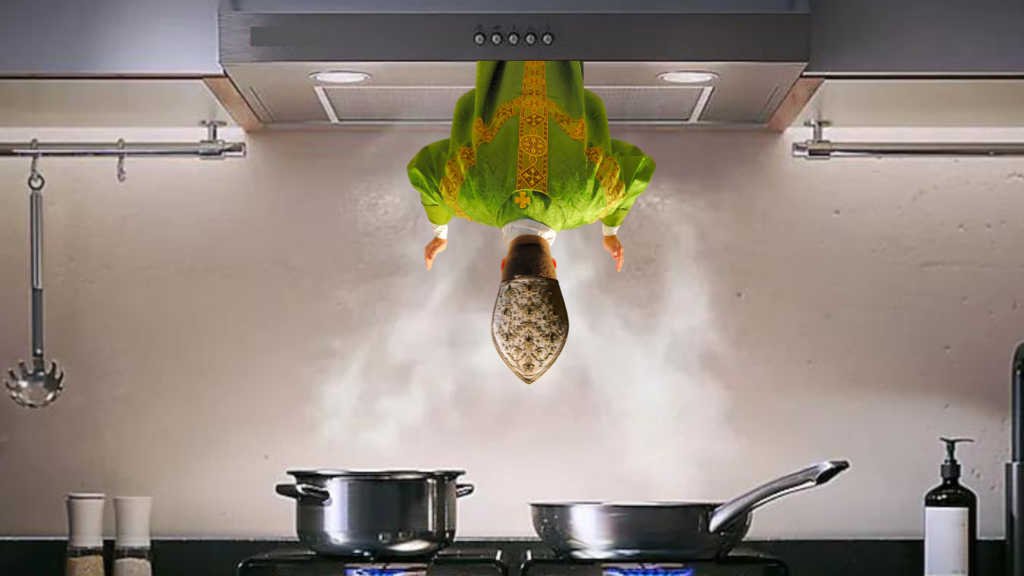Bin Sou, a Korean expat living in Estonia, writes how while learning the Estonian language, he’s encountered three Estonian words that have become his favourites due to their agglutination.
Ironically, I skipped my Estonian class to write this. So, as a form of penitence, I’d like to say a special thanks to my trilingual Estonian teacher, Ellen Aare-Põder, who patiently puts up with my constant tardiness. And thank you to my 14 other A2 Estonian classmates, who are from Ukraine, Turkey, Afghanistan, Belarus and Estonia. Although we are incomparably different, we share an intent to learn the Estonian language – eesti keel.
The Estonian language fascinates me because it is glutinous. An Estonian word is often two or more dissimilar and unexpected words glued together to convey a complex meaning. In other words, the Estonian language is more like sticky rice than buckwheat groats. Each meaning-kernel can be rolled together to form more tasty and lofty creations – like sushi. Meanwhile, the simplicity of each kernel can highlight the essence of a more complex idea.
I’d like to share and comment on three of my favourite Estonian words that do just that – a three-course eesti keel supper for you: appetiser, entrée, and dessert.

I’d like to share and comment on three of my favourite Estonian words that do just that – a three-course eesti keel supper for you: appetiser, entrée and dessert.
Külmkapp (külm – cold, kapp – closet)
The Estonian word for refrigerator, külmkapp, is a great appetiser to this list.
In my opinion, “cold closet” is a simple yet effective way of understanding our modern substitution for caves, jars and underground pits. Cold closet. With these two words, the appliance’s purpose and the expected way to interact with it are made crystal clear. It is meant to keep its content cool to elongate its shelf life. And, of course, the word “closet” communicates that you will have consistent, convenient and reliable access to it.
But, the Estonian language’s agglutinative strategy to communicate meaning has its side effects. Now, when I see a closet, I imagine it to be cold inside. And, when I see a fridge, I imagine a primary-coloured Didrikson or a row of Helly Hansen jackets hanging inside the külmkapp.

Õhupuhastaja (õhk – air, puhas – clean)
Estonian words for “air” and “clean” come together to convey “air vent”. Although, based on my experience, the word seems to have gone out of fashion (like SMS). I like to use it regardless because the word “puhas” reminds me of another Estonian word I know – “püha”, which means holy. Although they are spelled differently, I think they are word-cousins, or word-sibling, or even word-fraternal-twins. The Estonian use of “puhas” is a lot like the biblical use of “püha”.
The word “puhas” in Estonian can describe wholeness (puhastverd/tõugu – full blooded); the act or thing to add or remove to become whole (puhastatud – cleaned/deboned); detergent (puhastusvahend); or to be free from the less than ideal (puhas südametunnistus – clear conscience).
Similarly, in the Bible, the word “holy” isn’t just used to describe a moral person, holiness is a dynamic force that emits life. It is whole. It is free from death. And people can go through a prescribed process (ritual) to become holy.
As I hear the vent above my induction stove chomping on the air defiled by my cooking, I imagine air molecules becoming sanctified and holy.

Linnutee (lind – bird, tee – road)
Linnutee, wait for it, means the Milky Way.
No, it doesn’t literally mean milky and way. The Estonian language chooses to use a new category altogether, namely birds, to describe our galaxy.
The word is so cool for two reasons. One, the word demonstrates the unique Estonian gaze, which becomes evident compared with other cultures. Overall, whether it’s milk or rivers, liquid is the de facto preferred state of matter to compare with our galaxy. Whether you speak French or English, you will say some version of “the Milky Way”. Other languages, like Korean, Hindi and Mandarin, will compare it to a river. Which, in my opinion, is far more poetic than the liquid discharge from cow udders.
But, Estonians are different. They see solid flying animals whereas others see liquid flowing from one end to another. Where Germans saw milk, Estonian ancestors saw birds. When the Koreans spoke of the silver river, the Estonians imagined chirping birds swarming across the night sky to form a twinkling congregation.
I happen to live next to Linnu tee, or Bird Way, a street located next to my neighbourhood in Tallinn that hosts smaller streets named after birds: Püü (Lagopus), Västriku (White Wagtail), Kajaka (Gulls), Haraka (Magpie), Teder or Tedre (Black Grouse), Kägu or Käo (Cuckoo). I often use this road to get to my preferred grocery store.
And, with this delightful homophonic coincidence, I imagine the street to be the galaxy. My creaky 2004 Toyota Yaris is a NASA spaceship. I, of course, am an astronaut with my wife as the co-pilot. On my way I encounter the Käo star, the Västriku star and the Kajaka star weekly. And I guess that makes my preferred grocery store the International Space Station.

